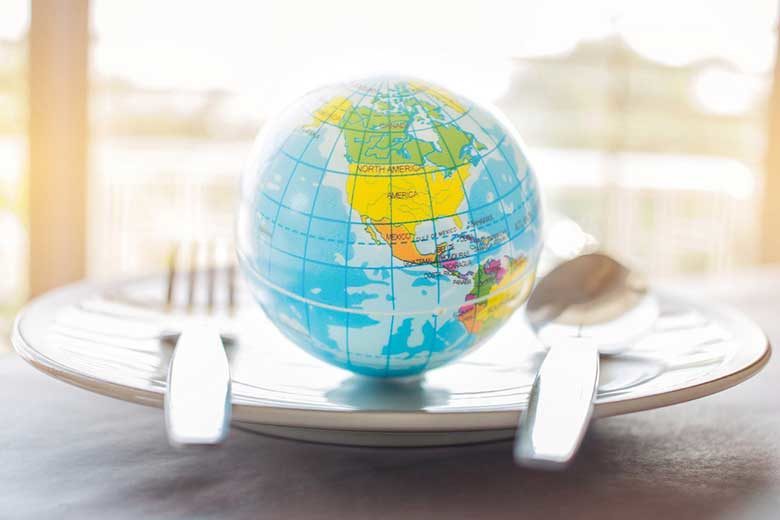
Avoiding Insensitive Pitfalls on Food Blogs
Exploring global cuisine is one of the biggest trends in food blogs and on recipe websites. After all celebrating diverse culinary traditions is a great way to expand the plate, try new foods and promote cultural understanding. However, when the foods and traditions you’re writing about come from a culture that is not your own, is there a line between appreciation and exploitation? When do best intentions tread into the murky territory of ignorance?
Cultural appropriation is defined by the Cambridge Dictionary as the “the act of taking or using things from a culture that is not your own, especially without showing that you understand or respect this culture.” Oxford Living Dictionary adds that cultural appropriation typically is carried out by members of a “more dominant” group. The spotlight on cultural appropriation — particularly in clothing, hairstyles, mannerisms and the arts — is growing brighter, and public criticism is growing louder.
TELL US YOUR THOUGHTS: Are you yea or nay on the global foods trend? Are you comfortable sharing recipes and narratives from cultures that are not your own? What resources do you use to research cultural cuisines?
Visit sm.foodnutrimag.org/session and spend a few minutes sharing your insights, experiences or concerns on food and cultural appropriation. (Survey closes Monday, September 30, at 11:59 p.m. CDT.)
Complete the survey and enter to win a Le Creuset 7 ¼-quart Round Dutch Oven (valued at $385). This enameled cast-iron Dutch oven needs no seasoning and heats evenly, making it ideal for all forms of cooking including slow-cooking, roasting, searing, stir- frying or baking. It is suitable for both stovetop and oven use, and also is dishwasher-safe for easy cleanup.
Let’s explore the complex issue of cultural appropriation of food and strategies for communicators to sensitively and successfully celebrate global flavors and traditions. Presented by Food & Nutrition Magazine® and moderated by Michele Redmond, MS, RDN, FAND — French-trained chef, educator, speaker and writer on neurogastronomy, culinary nutrition and creating a more positive food culture — this FNCE® panel session will include insights and perspectives from:
- Academy spokesperson Rahaf Al Bochi, RDN, LD, Academy spokesperson, nutrition coach, educator and owner of OliveTreeNutrition.com, where she blogs on Mediterranean-inspired recipes and intuitive eating.
- Constance Brown-Riggs, MSEd, RD, CDE, CDN, who served on the advisory committee for Oldways’ African Heritage Diet Pyramid and is the author of the Diabetes Guide to Enjoying Foods of the World (Academy of Nutrition and Dietetics 2017); The African American Guide to Living Well With Diabetes (New Page Books 2010); and Eating Soulfully and Healthfully with Diabetes (iUniverse, Inc. 2006)
- Krishnendu Ray, PhD, professor and department chair of nutrition and food studies at New York University; former acting associate dean for curriculum development at The Culinary Institute of America; author of The Migrant’s Table: Meals and Memories in Bengali-American Households (Temple University 2004); and co-editor of Curried Cultures: Globalization, Food and South Asia (University of California Press 2012).
